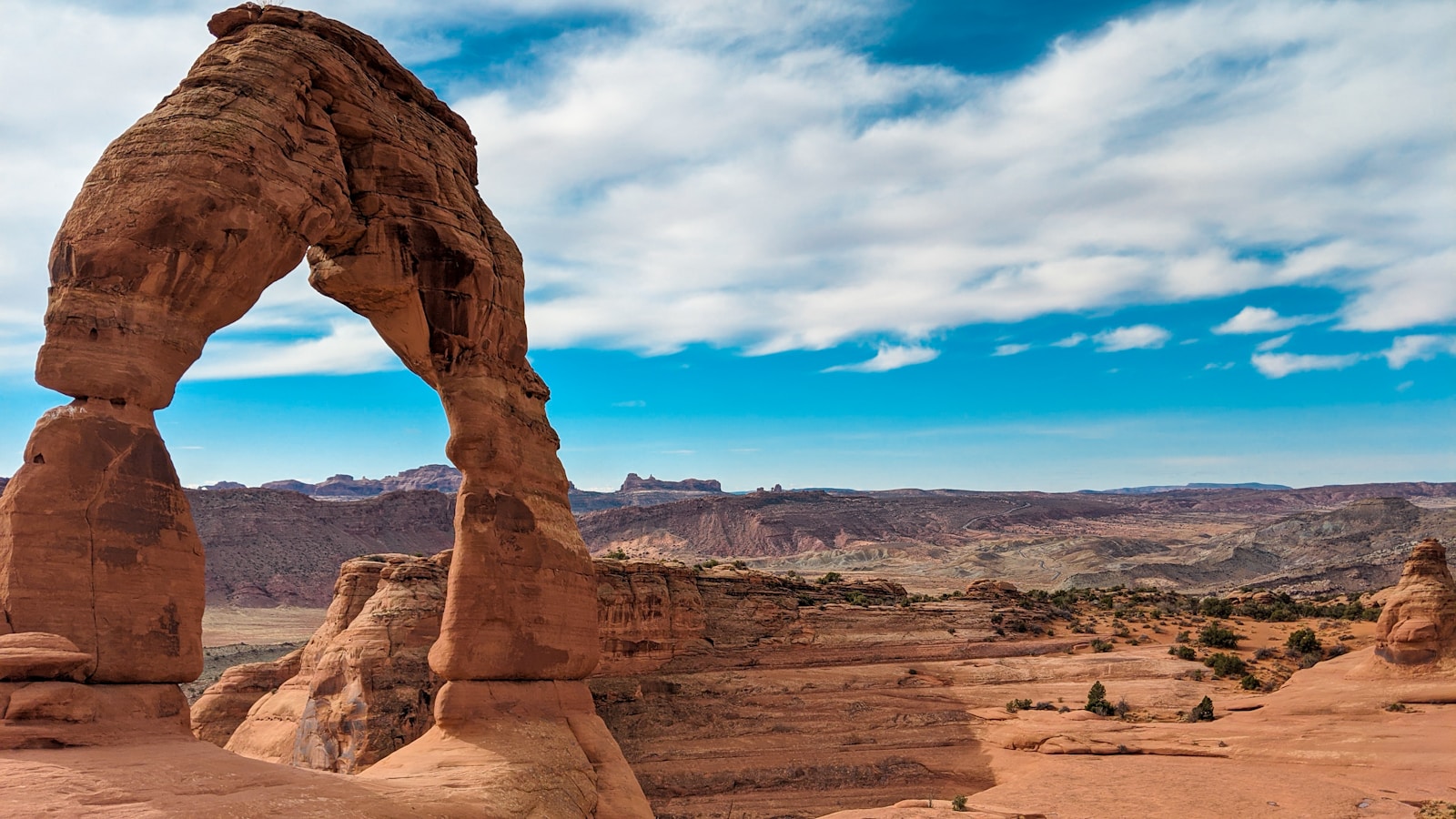As summer’s warmth fades into memory, nature prepares for its most spectacular seasonal display. Across America’s national parks, a breathtaking transformation begins as green leaves surrender to vibrant yellows, fiery oranges, and deep crimsons. Fall foliage viewing has become a cherished autumn tradition, drawing millions of visitors to witness this ephemeral masterpiece. The interplay of latitude, elevation, and local climate creates a rolling wave of color that sweeps across the country from September through November. These protected landscapes offer not just stunning views but also a quieter, more contemplative experience than their summer counterparts. Whether you’re planning a dedicated leaf-peeping road trip or seeking weekend inspiration, these national parks showcase autumn’s splendor in truly magnificent settings.
Acadia National Park, Maine
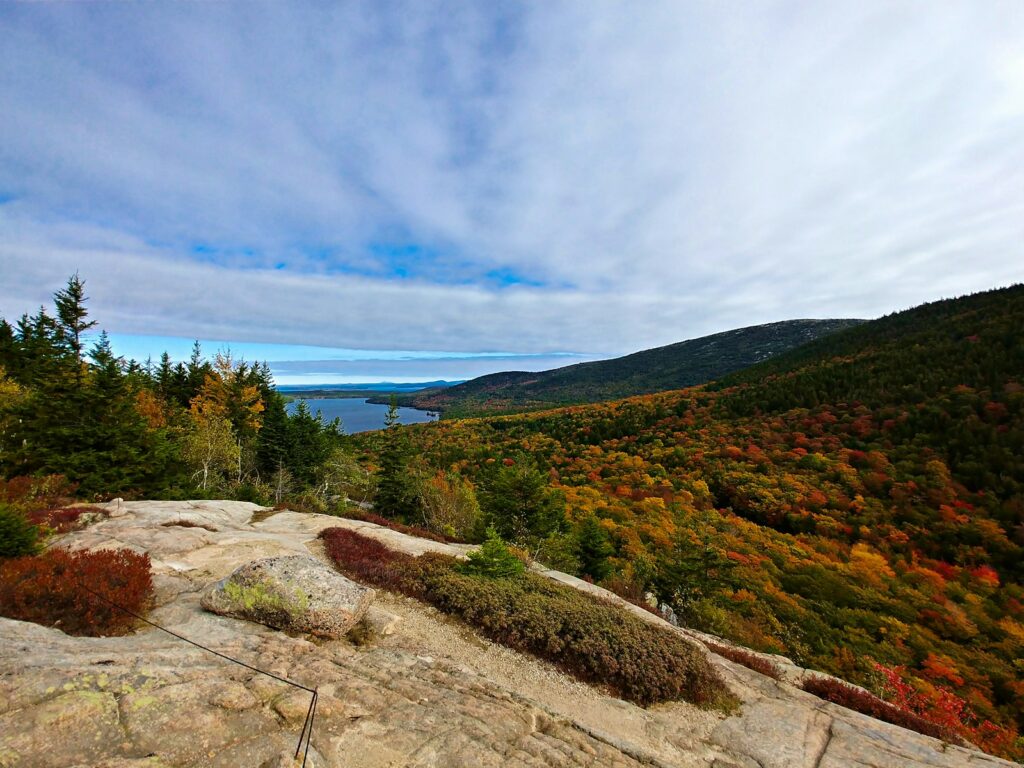
Perched on Maine’s rugged Atlantic coastline, Acadia National Park transforms into a symphony of color each autumn. The park’s unique geography creates a stunning contrast between vibrant maples and oaks against the deep blue of the Atlantic Ocean. Peak foliage typically arrives in early to mid-October, when the park’s 47,000 acres become a canvas of red, orange, and gold. Visitors can experience this spectacular display by driving the 27-mile Park Loop Road or hiking to summits like Cadillac Mountain, where the colorful landscape stretches to the horizon. The cool maritime air preserves the leaves longer than inland locations, offering an extended viewing season for those who time their visits carefully.
Great Smoky Mountains National Park, Tennessee and North Carolina

America’s most visited national park becomes even more enchanting during autumn when over 100 species of native trees don their fall colors. The Great Smoky Mountains feature a remarkable diversity of elevations, creating a prolonged color season that typically begins in late September at higher elevations and continues through early November in the valleys. Sugar maples, scarlet oaks, sweetgums, and hickories paint the landscape in warm hues while evergreen spruce and fir provide striking contrast. Newfound Gap Road and Clingmans Dome Road offer accessible driving routes through this natural spectacle, while trails like Alum Cave and Charlies Bunion reward hikers with panoramic views. The park’s southern Appalachian setting creates a magical atmosphere as morning mist rises through valleys of colorful foliage.
Shenandoah National Park, Virginia

Just 75 miles from Washington, D.C., Shenandoah National Park offers one of the most accessible fall foliage experiences in the national park system. The famous 105-mile Skyline Drive traces the crest of the Blue Ridge Mountains, providing over 75 scenic overlooks where visitors can marvel at the rolling tapestry of color below. Shenandoah’s diverse forest includes vibrant red maples, golden hickories, russet oaks, and the bright yellow of tulip poplars, typically reaching their peak from mid-October to early November. The park’s varying elevations create microclimates that produce waves of color change, extending the viewing season. Popular trails like Dark Hollow Falls and Old Rag showcase the foliage alongside the park’s other natural features, including cascading waterfalls that reflect the colorful canopy above.
Rocky Mountain National Park, Colorado
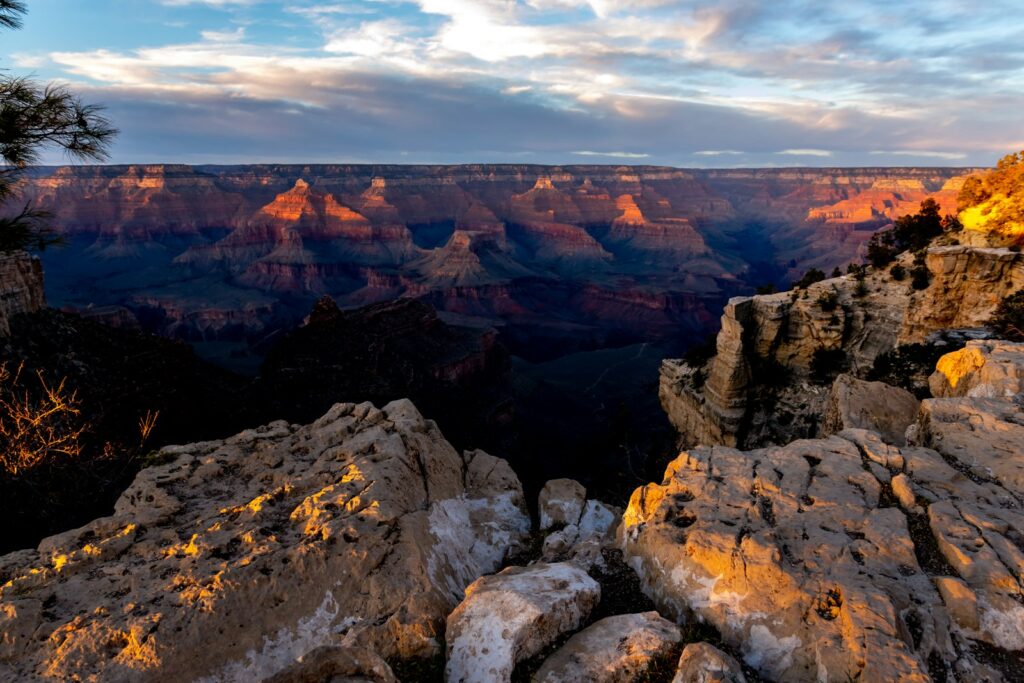
While many fall foliage destinations showcase maples and oaks, Rocky Mountain National Park offers a distinctive alpine autumn experience dominated by the aspen. These remarkable trees connect through extensive root systems, creating groves that change color in unison, transforming entire mountainsides into shimmering gold. The park’s fall transformation typically begins in mid-September, earlier than many eastern counterparts, with peak viewing often occurring by the end of the month. Trail Ridge Road, the highest continuous paved highway in the United States, offers breathtaking drive-through experiences, while hiking trails like Bear Lake and Alberta Falls provide intimate encounters with the golden aspens. The contrast between snow-dusted peaks, azure skies, and golden aspens creates photographic opportunities that draw landscape photographers from around the world.
Grand Teton National Park, Wyoming
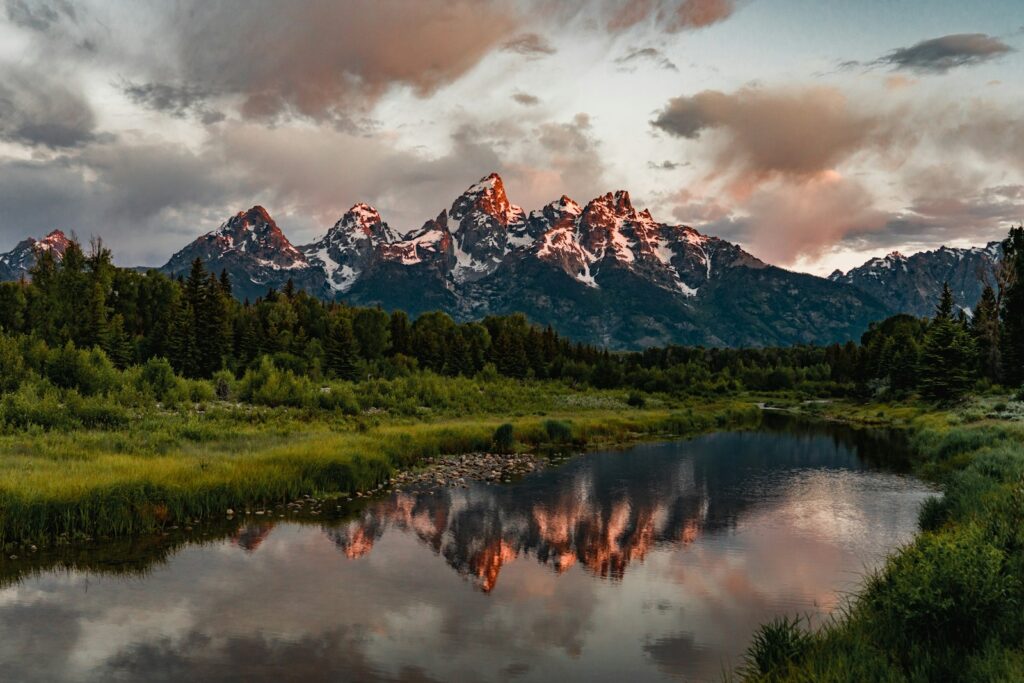
Few fall landscapes can match the drama of golden aspens and cottonwoods set against the jagged Teton Range. Grand Teton National Park offers this precise spectacle from mid-September to early October, when deciduous trees along the Snake River and around Jackson Lake transition to their autumn splendor. The park’s signature cottonwoods turn a luminous yellow, creating stunning reflections in the still waters of Schwabacher Landing and Oxbow Bend, two locations that become photographer magnets during autumn. Wildlife viewing reaches its peak during fall foliage season, with elk entering their rut period and bears intensifying feeding before winter hibernation. The combination of wildlife activity, mountain backdrops, and fall colors makes this Wyoming treasure a must-visit autumn destination.
Cuyahoga Valley National Park, Ohio
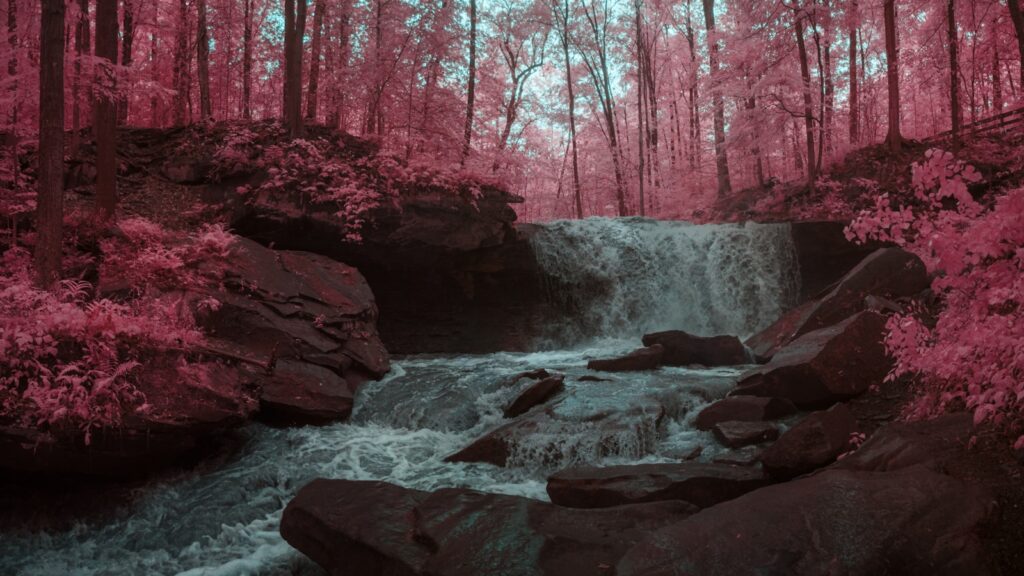
Nestled between Cleveland and Akron, Cuyahoga Valley National Park surprises visitors with its accessibility and impressive fall display. The park preserves a remarkable variety of hardwood trees, including sugar maples, American beeches, and oaks, which transform the Cuyahoga River valley into a kaleidoscope of color by mid-October. The historic Ohio & Erie Canal Towpath Trail offers 20 miles of level pathway perfect for cycling through tunnels of autumn color. Brandywine Falls, the park’s most famous waterfall, becomes framed by vibrant foliage during fall, creating one of the most photographed scenes in Ohio. The park’s Cuyahoga Valley Scenic Railroad offers special fall foliage excursions, allowing visitors to enjoy the colorful landscape without navigating trails or roads.
Zion National Park, Utah
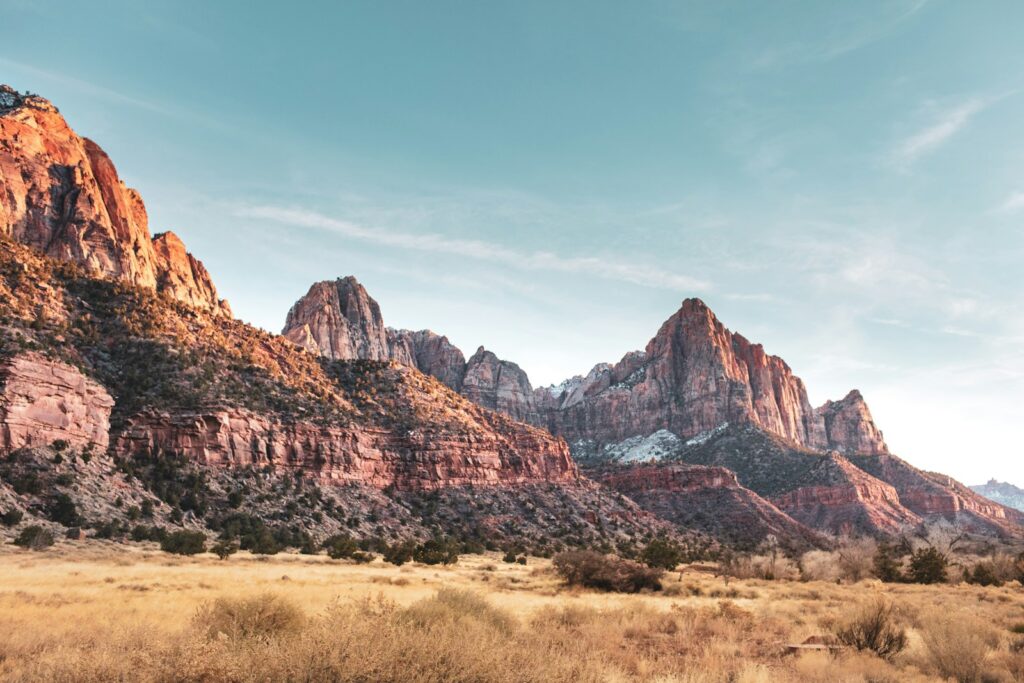
While Utah’s national parks are renowned for their red rock formations, Zion offers a surprising autumn display when its riparian corridors burst into color. The Virgin River, which carved the famous Zion Canyon, supports cottonwoods, box elders, and maples that turn brilliant yellow and orange, typically peaking in late October through early November. This later season offers a perfect opportunity for those who miss peak foliage in other regions. The contrast between rust-colored cliffs, blue skies, and golden foliage creates a color palette unique among national parks. The Riverside Walk and Emerald Pools trails showcase the best of Zion’s fall colors, while the higher elevation Kolob Terrace Road offers expansive views of the colorful canyon below.
Olympic National Park, Washington
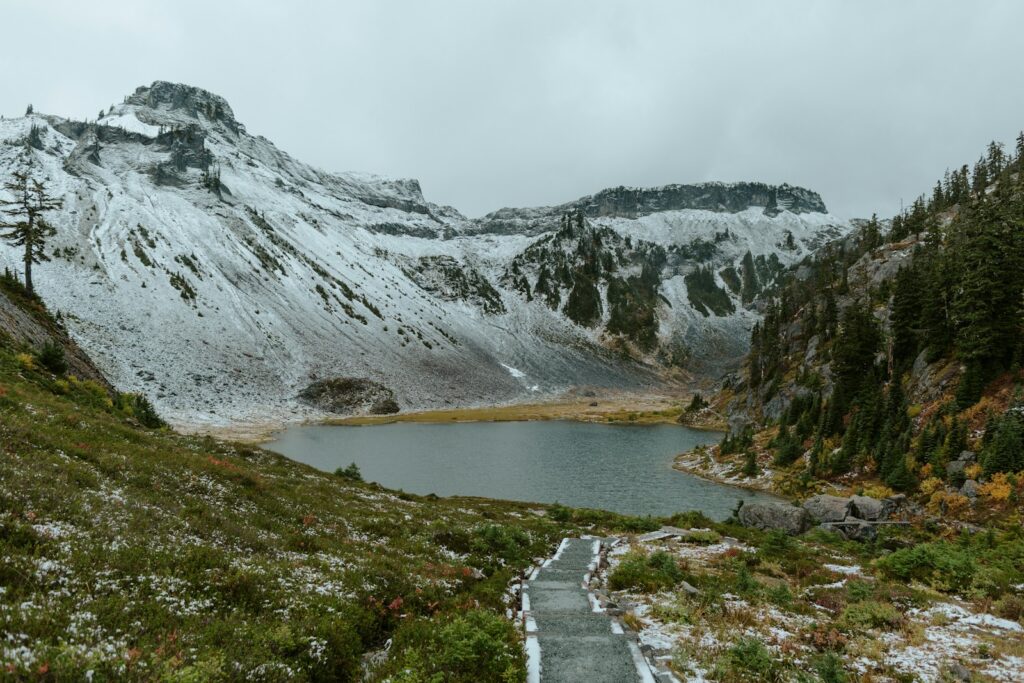
Olympic National Park contains three distinct ecosystems, each offering its own version of autumn splendor. The park’s temperate rainforests feature bigleaf maples and vine maples that turn vibrant yellow and red, typically reaching peak color in mid to late October. These golden canopies create an ethereal glow in the already magical Hoh and Quinault Rainforests, especially when fog weaves through the ancient trees. The park’s subalpine regions see earlier color changes, with huckleberry bushes carpeting mountainsides in russet hues by late September. Hurricane Ridge Road provides accessible viewing of this high-country spectacle while also offering glimpses of the snow-capped Olympic Range. Unlike many popular foliage destinations, Olympic’s diverse ecosystems and moderate Pacific climate often extend the viewing season well into November in lower elevations.
Guadalupe Mountains National Park, Texas
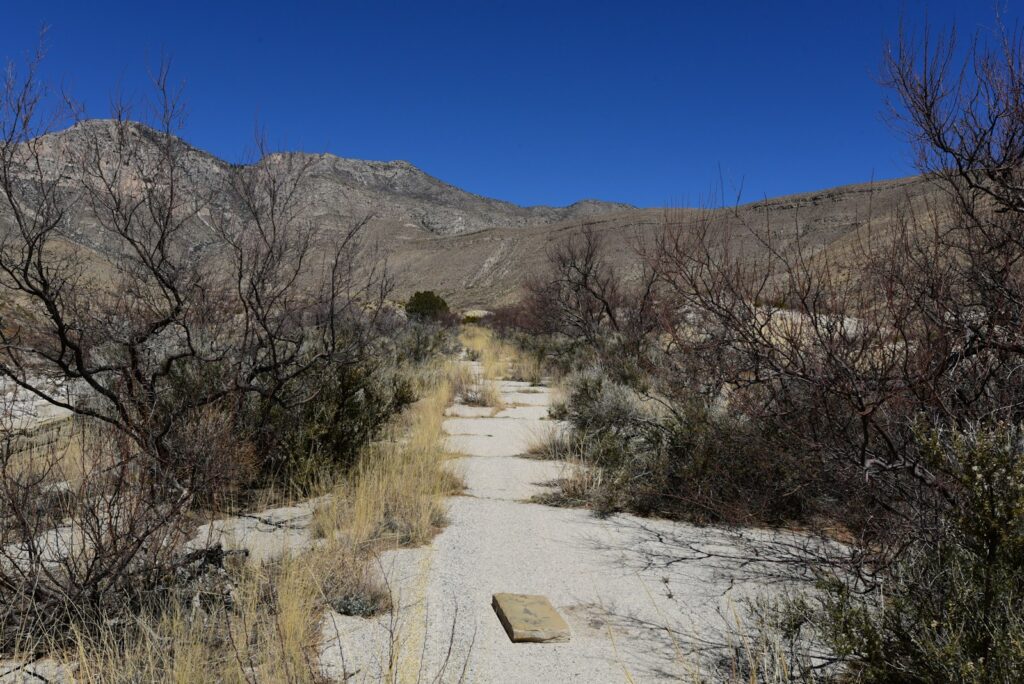
Deep in west Texas lies a surprising autumn gem that few travelers discover. Guadalupe Mountains National Park harbors the most extensive Permian fossil reef on Earth, but in fall, attention shifts to McKittrick Canyon, often called the “most beautiful spot in Texas” during autumn. The canyon’s unique microclimate supports bigtooth maples that typically reach peak color in late October through early November. The McKittrick Canyon Trail leads visitors through increasing concentrations of fall color, culminating at a historic stone cabin surrounded by maple brilliance. The park’s desert setting creates a striking contrast between arid landscapes and the unexpected explosion of color within the sheltered canyon. As Texas’ highest point, Guadalupe Peak offers ambitious hikers panoramic views of the colorful transformation taking place in canyons below.
Denali National Park, Alaska
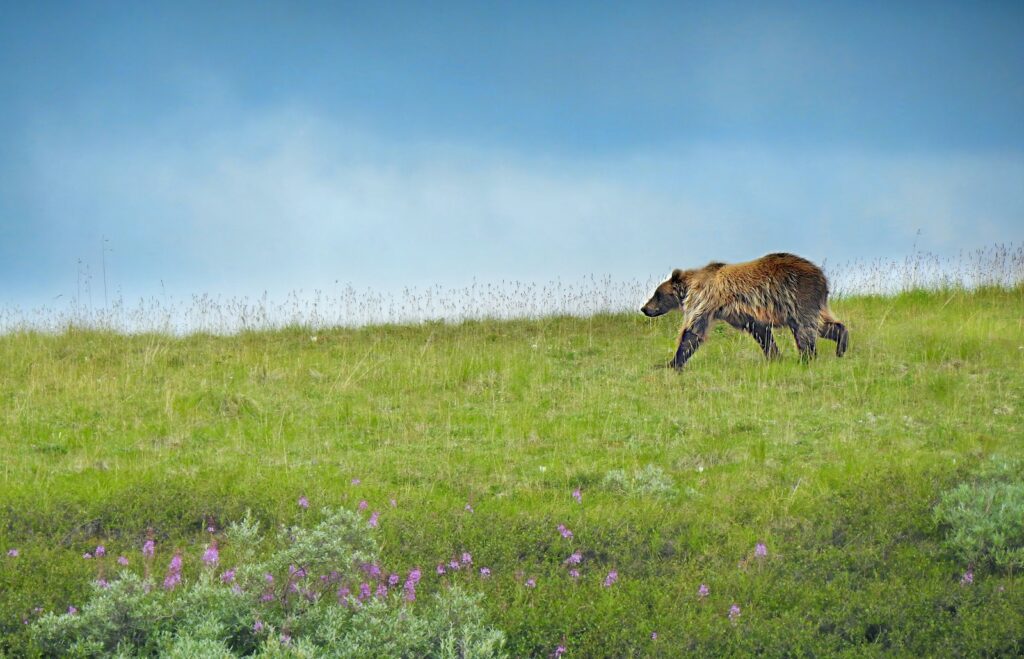
Fall arrives early in Alaska, transforming Denali National Park into a multi-colored tapestry by late August through mid-September. The park’s tundra undergoes one of nature’s most remarkable color shifts as dwarf shrubs turn fiery red, willows glow yellow, and blueberry bushes adopt deep burgundy hues. This vast carpet of color stretches across the landscape, often accented by the season’s first dusting of snow on Denali itself. The park’s wildlife, including grizzly bears, caribou, and moose, becomes more visible against the colorful backdrop as they prepare for the approaching winter. The Denali Park Road provides access to this spectacle, though visitors should prepare for rapidly changing weather conditions that can include snow even in early September.
Voyageurs National Park, Minnesota
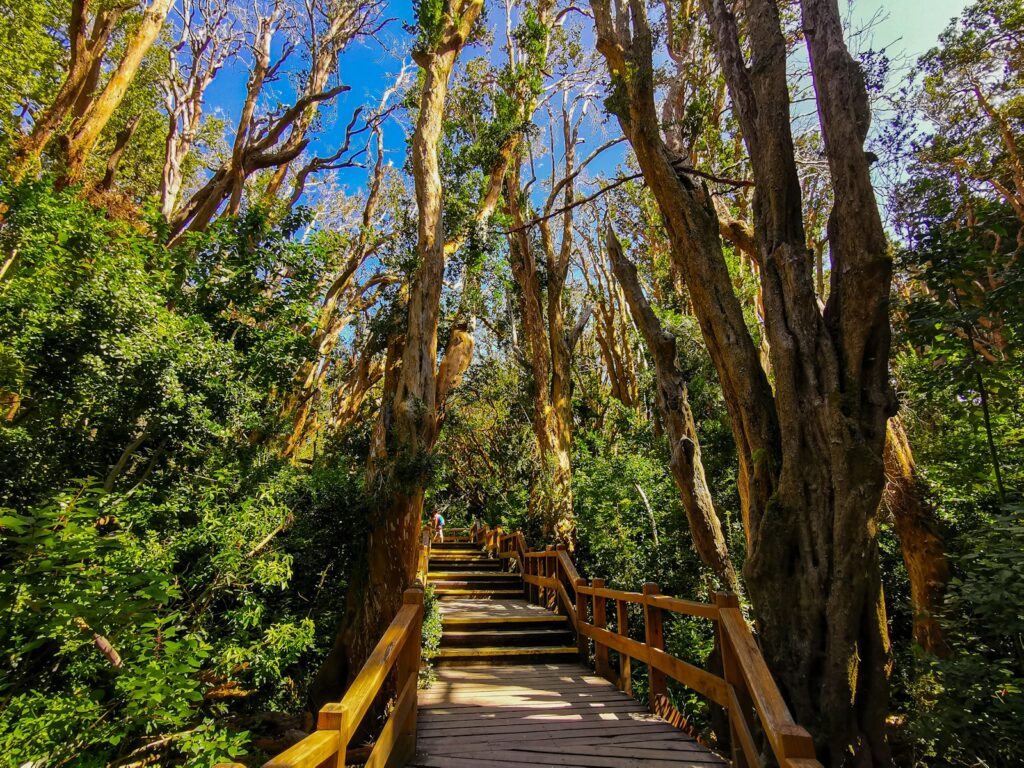
Accessible primarily by water, Voyageurs National Park offers a unique perspective on fall foliage. The park’s interconnected waterways reflect the vibrant colors of paper birch, aspen, and red maple, doubling the visual impact of autumn’s transformation. Peak color typically occurs in late September through early October, when the border lakes become surrounded by a ring of fire. Boat tours and canoe rentals allow visitors to immerse themselves in this watery wonderland, with many visitors camping on island sites for a fully immersive experience. The northern location means Voyageurs often experiences an earlier color change than most U.S. national parks, providing a head start to the fall foliage season. The park’s dark sky designation makes it an ideal location for viewing the northern lights, which often increase in activity during autumn months, adding another dimension to the fall experience.
New River Gorge National Park, West Virginia
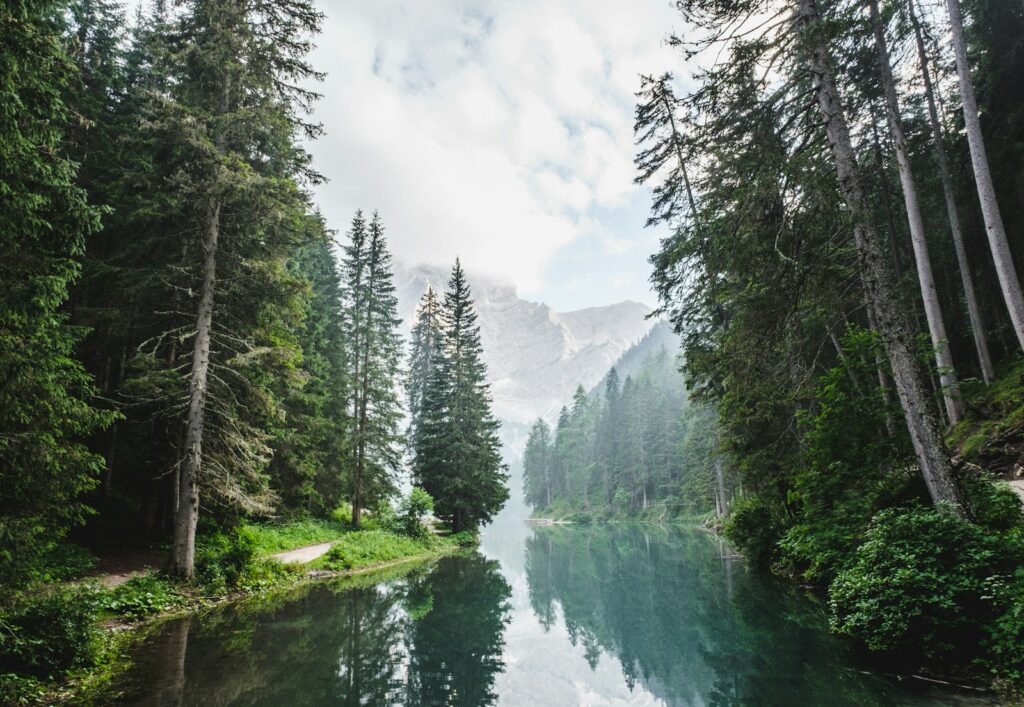
America’s newest national park showcases some of Appalachia’s most spectacular fall foliage. New River Gorge National Park features one of the oldest rivers in North America carving through a landscape dominated by sugar maples, hickories, oaks, and beech trees. By mid-October, the gorge transforms into a canyon of color, best viewed from the famous New River Gorge Bridge or the panoramic Grandview overlook. The park’s varied elevations create a prolonged foliage season, with higher areas changing first and the river bottom holding color into early November. The autumn display coincides with ideal whitewater rafting conditions on the New River, offering adventurous visitors a unique perspective looking up at the colorful canyon walls. The surrounding hardwood forests represent some of the most diverse deciduous ecosystems in the country, resulting in a particularly varied palette of fall colors.
Conclusion
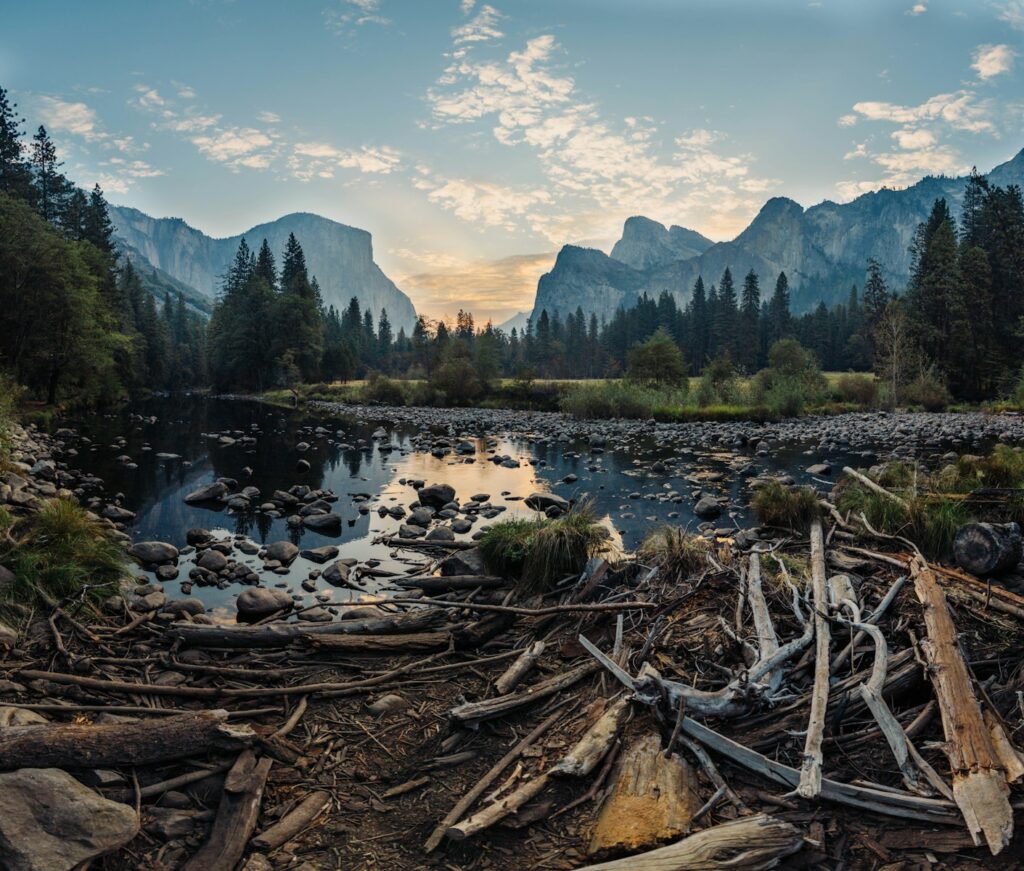
The national parks of America offer some of the most pristine and dramatic settings to experience autumn’s transformative power. Each park brings its distinctive character to the fall display—from Acadia’s coastal grandeur to Denali’s early tundra palette, from the aspen gold of the Rockies to the maple-rich hollows of Appalachia. These protected landscapes not only showcase nature’s artistry but also provide a deeper connection to the seasonal rhythms that have shaped our continent for millennia. As climate patterns shift, these annual displays become even more precious, reminding us of nature’s resilience and the importance of conservation. Whether you’re a dedicated leaf-peeper or simply seeking natural beauty, America’s national parks offer autumn experiences that will color your memories for years to come.

